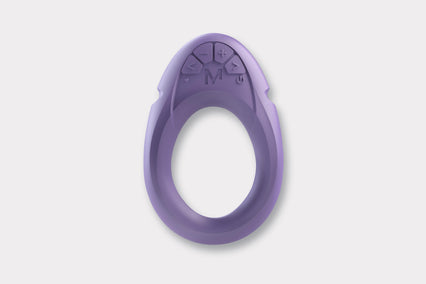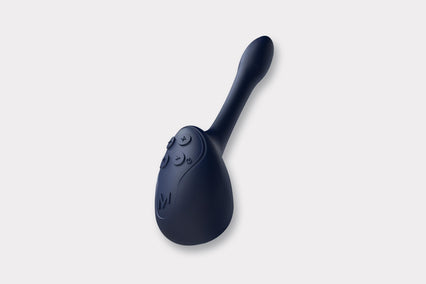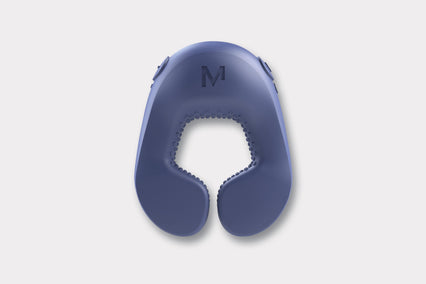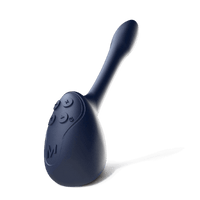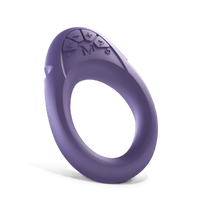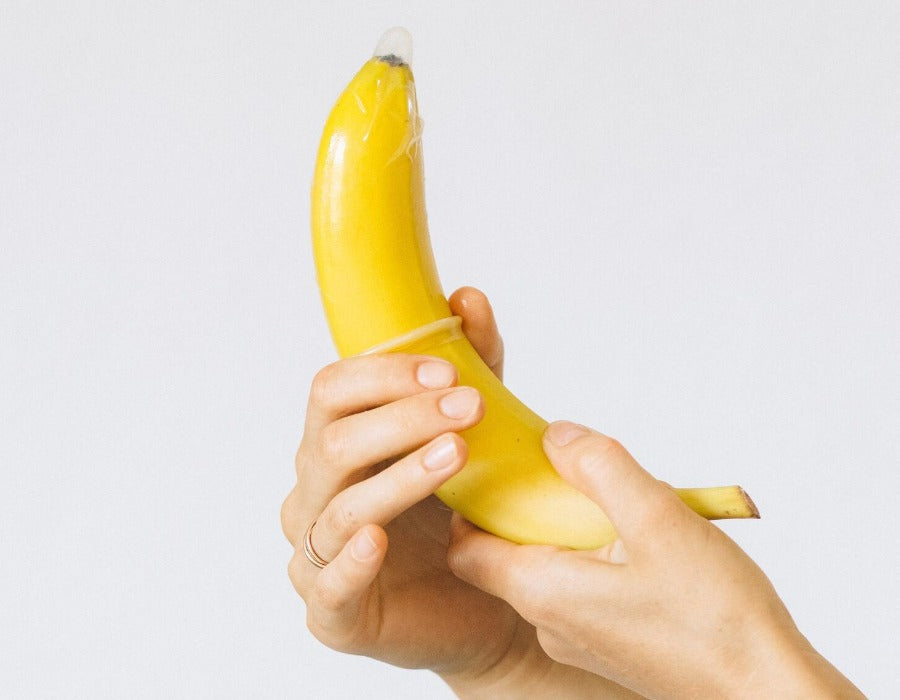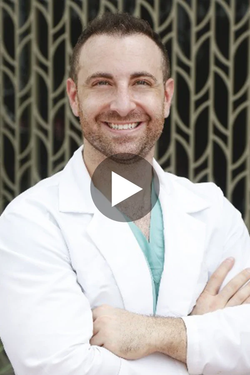Here are some of the things that really should have come up in sex education!
1. What is the penis made up of?
2. What is an erection?
3. What happens during ejaculation?
4. What is the difference between pre-cum and semen?
5. How important is a strong PC (Pubococcygeus) Muscle?
6. What is the refractory period?
7. What are the different types of male orgasm?
8. What’s the average penis size?
9. What are the perks and pitfalls of circumcision?
10. Can the penis break?
1. What is the penis made up of?
The penis is made up of 10 main parts:
- Urethra – is made up of four parts to carry urine and semen out of the penis
- Corpus Cavernosum – a spongy tissue in the shaft, which contains most of the blood in the penis during an erection
- Corpus Spongiosum – a spongy tissue surrounding urethra, which prevents the urethra from closing maintaining the urethra as a viable channel for ejaculation
- Glans – this is the head of the penis, containing 4,000 nerve endings
- Foreskin – on uncircumcised penises this adds protection to the glans
- Testicles – the male reproductive gland that produces sperm and male hormones testosterone and androgens, encased in the scrotum
- Vas Deferens – a tiny muscular tube in the male reproductive system that carries the sperm to the Seminal Vesicles
- Seminal Vesicles – a pair of simple tubular glands which produces seminal fluid that contains proteins, amino acids, fructose, zinc and even Vitamin C
- Prostate gland – is a pleasurable area located underneath the bladder. It produces prostate fluid which is an alkaline pH liquid needed to protect sperm from acidic reactions in the vagina
- Bladder – an organ which stores urine
2. What is an erection?
Erections are the stiffening and engorgement of the penis which can occur during sexual arousal, but can also be spontaneous. The brain sends nerve signals to relax the muscles around the penis. This allows the blood to flow through the Corpora Cavernosa’s spongy tissue.
There are in fact three types of erections, found by Dr. Karen Boyle at Johns Hopkins Hospital.
- Reflexogenic erections from direct physical contact to the genitals
- Psychogenic erections through audiovisual stimulation or fantasy
- Nocturnal erections which occur during the natural sleep cycle around 4-5 times per night
3. What happens during ejaculation?
The moment of ejaculation is not actually controlled by the brain, but by the sympathetic nerves in the spine and is made up of two phases: emission and ejaculation.
- Emission is the movement of semen to the urethra
- Ejaculation is the release of semen out of the urethra
4. What is the difference between pre-cum and semen?
Pre-cum is the clear liquid that comes out of the penis before ejaculation. It is produced by the Cowper’s Gland, also known as the Bulbourethral Gland. Its function is for lubrication, similar to the lubrication produced in vaginas by the Bartholin Glands.
Semen, however, is made up of 70% seminal fluid, 25% prostate fluid and less than 5% sperm. There are roughly 200-500 million sperm per teaspoon, and over the course of a lifetime over 525 billion sperm will be produced.
While they are not the same thing, they can both get mixed up and contain traces of urine.
5. How important is a strong PC (Pubococcygeus) muscle?
The PC muscle is the pelvic floor muscle that is present in both people with penises and vulvas. It is used to support the pelvic organs, controlling the bladder and bowel.
However, a strong PC muscle can achieve stronger, harder and longer lasting erections. To strengthen your PC muscle you must practice your kegel exercises by contracting and relaxing it.
To check if you are contracting the right muscles, you can either feel by putting a finger in your anus to test the contractions (as the muscle will tighten around the finger). Another way to find these muscles is during urination. You can stop and start the flow for just a few seconds.
Once these have been found work at your kegel exercises a few times a day, everyday, for better sex!
If strengthened, you can learn to control premature ejaculation. Additionally, non-ejaculatory orgasms are possible through controlling the PC muscle. Without ejaculation there is a much shorter refractory period which can lead to multiple orgasms!
6. What is the refractory period?
After ejaculation, there is a period of time where the penis is unable to become erect again. This “refractory” period is the recovery period designed as natures “cock block”, lasting anywhere from a couple of seconds to a couple of days. It can be so strong in some people that they don’t want to be touched at all.
This is caused by the release of a hormone called prolactin, and the drop in levels of dopamine and testosterone. Serotonin is released soon after to counter this dip, which promotes low arousal. However, the lower the prolactin levels, the higher chance for multiple orgasms. This is also why orgasm denial can be very appealing to people with penises as delaying an orgasm allows you to spend a little more time in that pleasurable pre-orgasmic peroid.
7. What are the different types of male orgasm?
While a penis orgasm is achieved by direct penile stimulation a prostate orgasm can be achieved solely through stimulating the prostate – also known as the P-spot.
The P-spot can be found approximately 2 inches inside of the anus. By pressing towards the front rectal wall and lightly stroking downwards on a walnut sized ridged spot, you can reach prostate orgasm.
“When the correct area is touched an unusual and good feeling quite different emotionally and physiologically from the normal glans stimulation. When prostate is stimulated in this fashion to the point of ejaculation the fluid usually flows out rather than spurts.” – Perry and Whipple, The G Spot
Massaging the perineum – the area between the balls and the anus – can also trigger prostate responses. Nipple orgasms are totally possible to as nipple stimulation triggers response in the prostate.
8. What’s the average penis size?
Big feet. Big penis? This is a myth. In fact there has been no correlation found between feet size and penis size.
The average size of a flaccid penis is 1-4 inches, and the average size erect comes up to 5-7 inches. However this varies globally!
Guinness Book of World Records 2017 claims the largest penis is 18.9 inches, and the smallest at 1cm.
9. What are the perks and pitfalls of circumcision?
Circumcision is the cutting away of the foreskin to expose the glans, decreasing bacterial growth. It is performed in some cultures for health reasons. 30% of people worldwide have had penile circumcision, yet the UK saw a decline from 35% in the 1930s to just 3.8% today!
Without the foreskin, many circumcised penises experience decreased sensitivity on the glans due to it’s exposure and rubbing on clothing. To tackle this, ManHood created the “the world’s first foreskin substitute” that comes in lots of fun colours to increase sensation in the head of the penis.
On the other hand, uncircumcised penises have been found to add pleasurable friction during intercourse with the folds of extra skin. Also, the coronal ridge is the ridge of flesh that connects the head of the penis to the shaft, and has been argued as an evolutionary advantage for displacing competitors’ sperm.
Finally, the frenulum in uncircumcised penises is found on the underside between the head and the shaft and is considered one of the most sensitive parts. So be gentle!
Remember: there is no good or bad when it comes to circumcised and uncircumcised. Just difference!
10. Can the penis break?
Yes, penile fractures do happen, so be careful!
This can occur when too much pressure is put on an erect penis – usually during hard and fast penetration on re-entering and missing the mark – causing the tissue to tear. If this happens, see a doctor straight away to avoid permanent damage.
Final thoughts:
Remember, not all men have penises & not all penis owners are men.
All penises are unique in size, shape and colour. So, be proud of its individuality & never let penis shame get you down.



